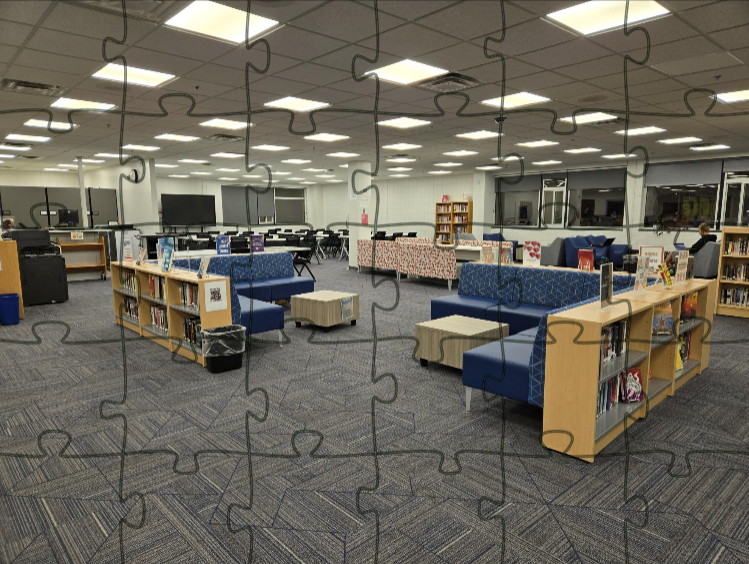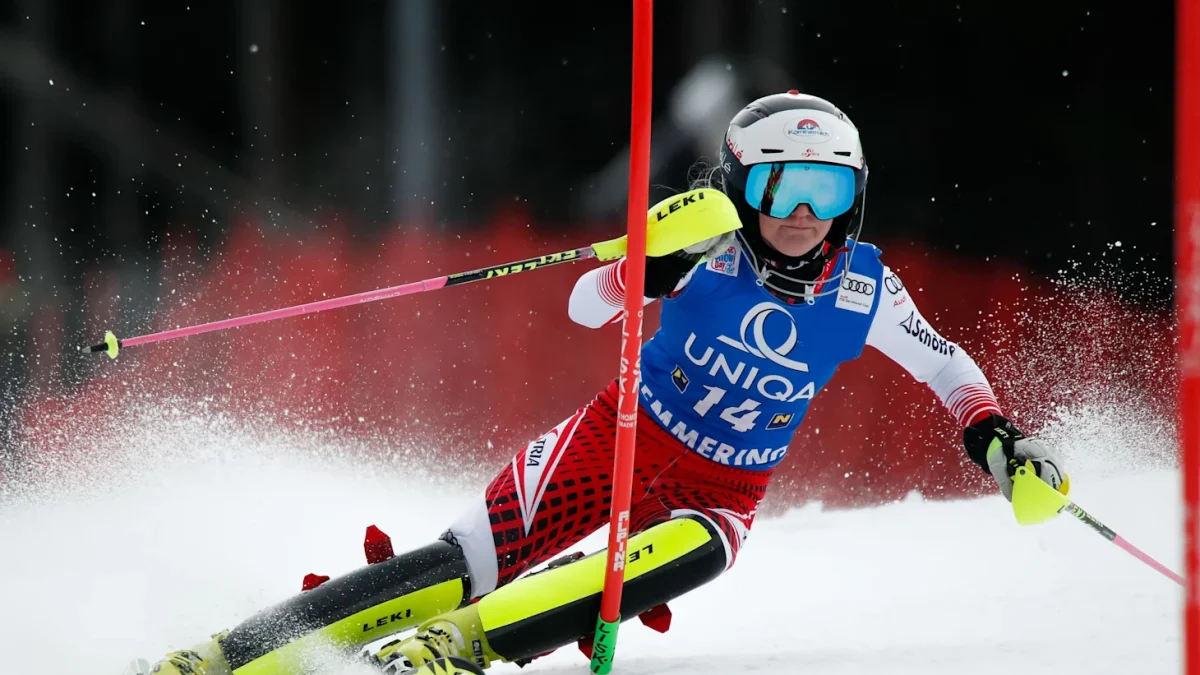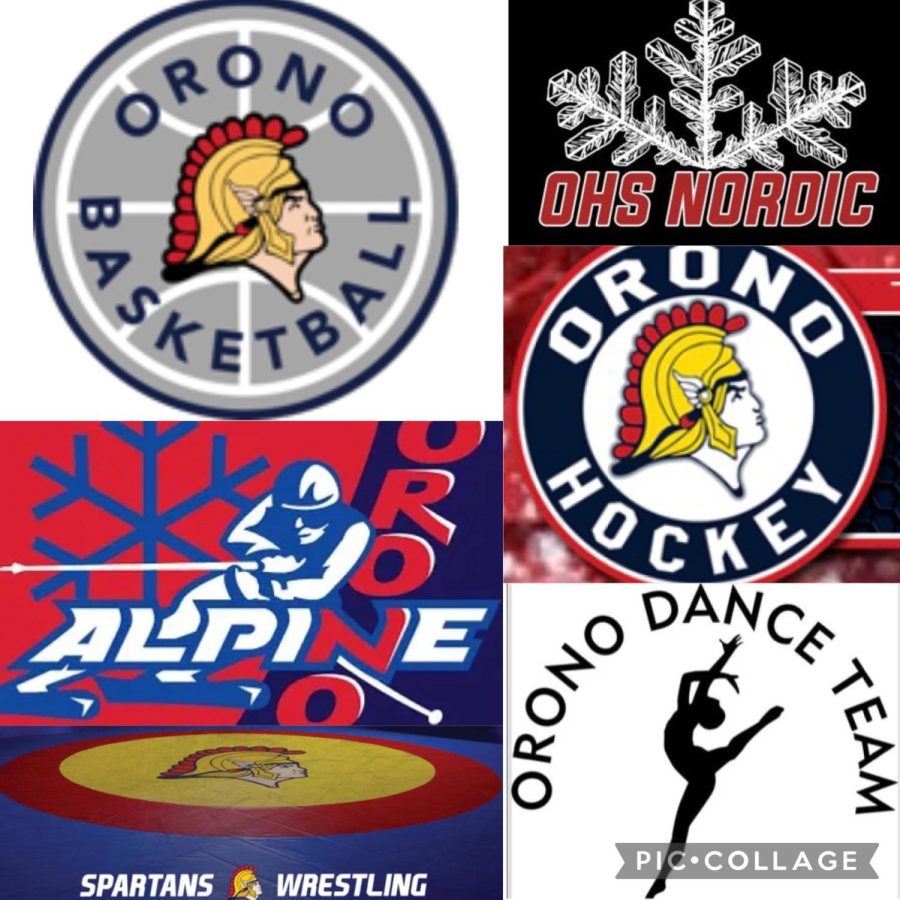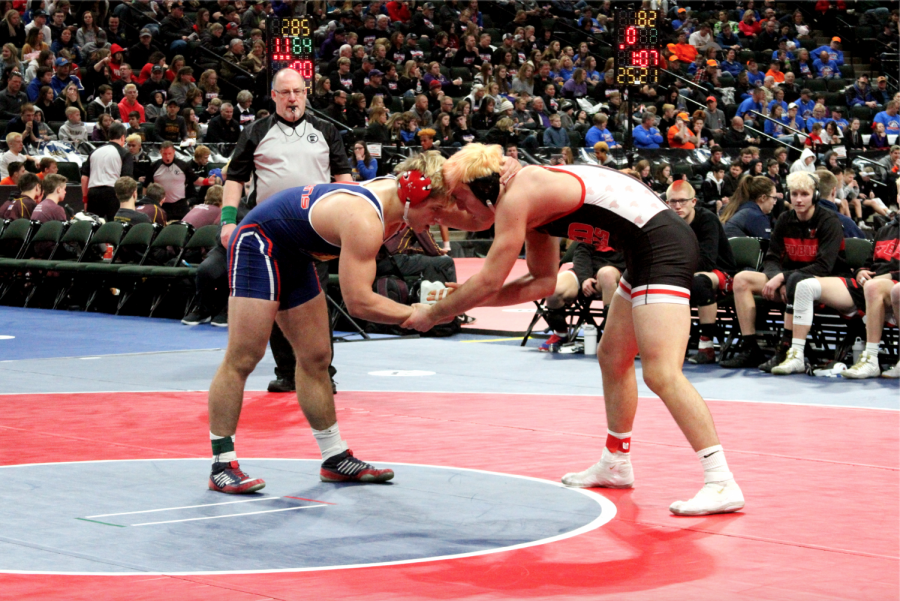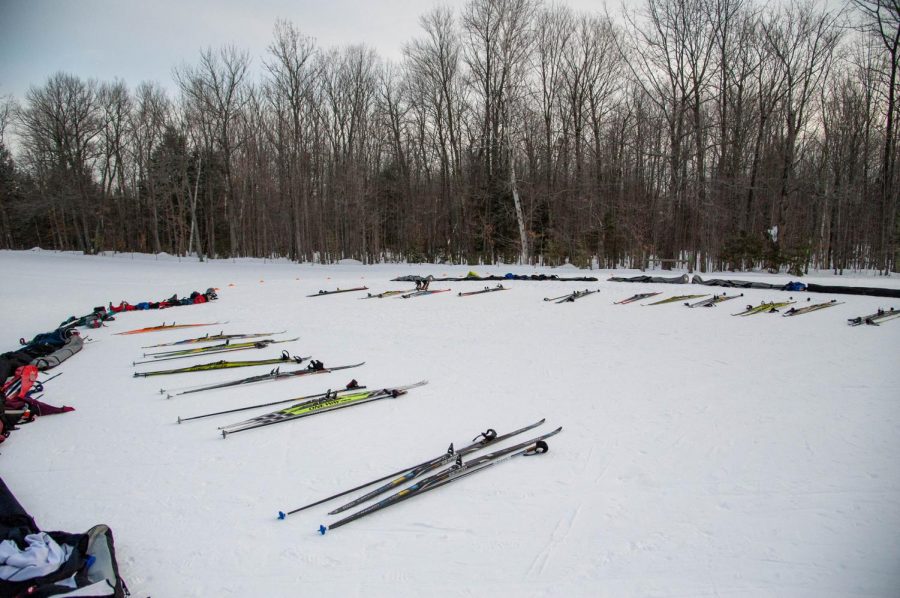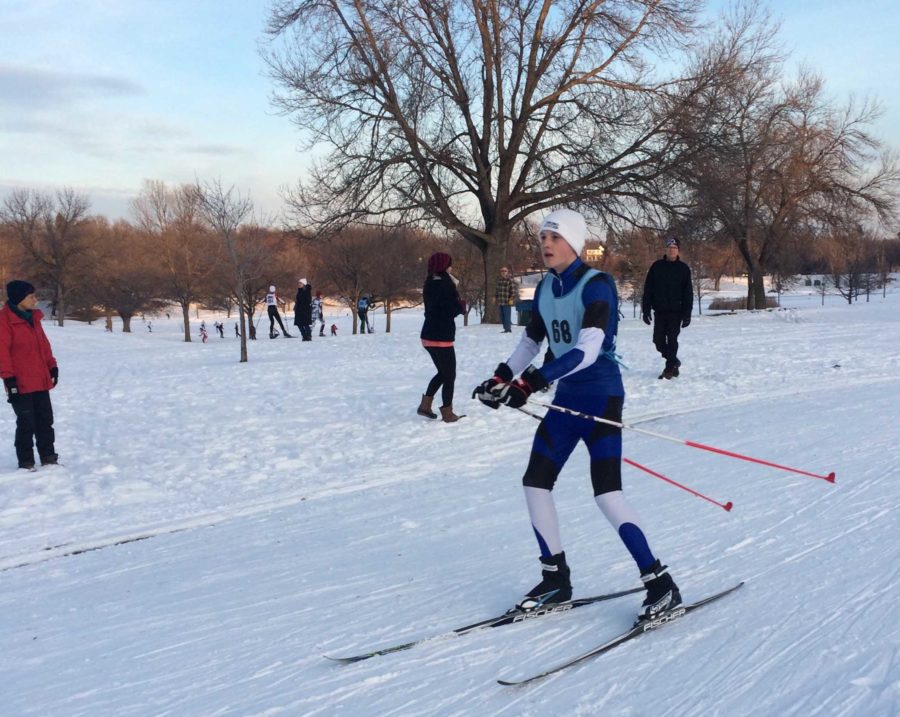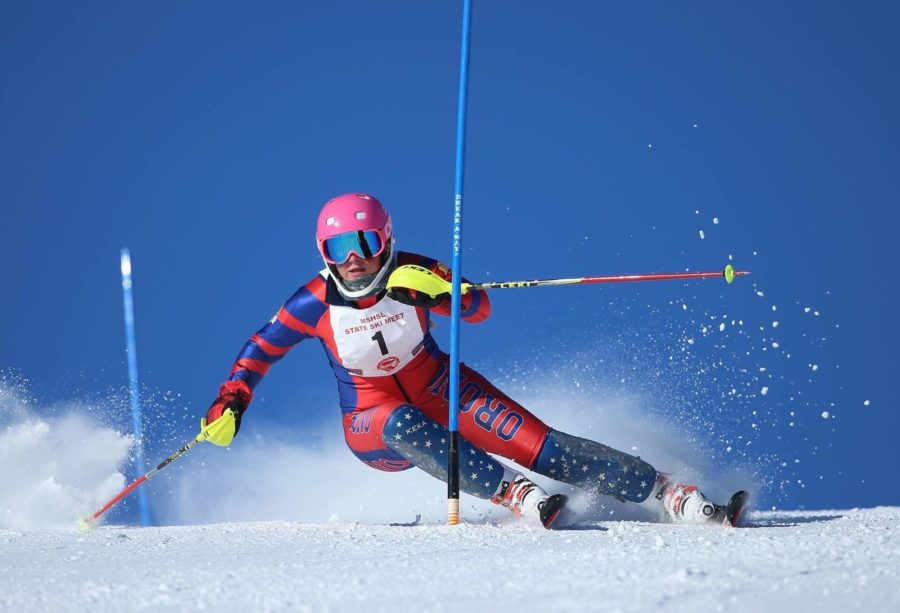You feel the crisp winter wind that sparks a chill in the air. You hear the click of your boots as they lock into the bindings of your skis. You see tall aspen trees that soar up into the sky through chunky, tinted goggles.
This is a familiar experience for many students at OHS, whether it be skiing with friends on a winter day or racing through a snowy blur as you represent the Nordic or Alpine teams.
What are Nordic and Alpine Skiing?
While nordic skiing generally takes place on flat terrain with gradual inclines and declines, the alpine style features downhill slopes and faster speeds, according to Undiscovered Mountains.
Nordic skiing originated over 5,000 years ago when Scandinavians utilized wood boards and poles to help travel across the snow faster.
Today, the traditional nordic ski features a free-heel binding system. Both the skis and poles are light and narrow, which makes for easy maneuvering.
Alpine skiing evolved in the late 19th and early 20th centuries in the Alps mountain range in central Europe. According to Britannica.com, the International Ski Federation recognized alpine skiing as a racing sport in 1930. Today, there are 11 alpine events at the Winter Olympics.
OHS’s Own: The Nordic and Alpine Ski Teams
Students who wish to take their passion for skiing to the next level represent Orono through the nordic and alpine teams. According to OHS athletic director Paul Brunner, the teams have daily practice, compete in Metro West conference races, and participate in invitationals against other schools as well.
Race days are full of excitement as the teams take a bus to the course, spectators eagerly wait at the finish line, and officials time the intense, fast-paced races.
Skiers also have regimens they follow on race days to ensure the best performance possible.
“On race days, we get there early to warm up and get ready. We take off our warmups when we race, and after the race is over, we have a specific cool down,” sophomore member of the Nordic team Cooper Munsch said.
Members of the Nordic and Alpine teams bond with one another through bus rides, team skis, and carbo-loads before races. At the core of both teams is a willingness among all athletes to work hard.
“I want students to appreciate the effort and commitment of these skiers to the team and to showing positive sportsmanship,” Brunner said.
Recreational Skiing is a Hit, Too
Students do not have to be on the nordic or alpine teams to enjoy this snowy Minnesota sport. Many hit the slopes at popular locations such as Hyland Hills, Afton Alps, or ski resorts in Duluth or Lutsen.
Among students who ski at OHS, alpine seems to be the preferred style.
“Since nordic is on flat terrain, its less exciting than alpine. My favorite part of alpine skiing is going to big resorts where there’s a lot of fresh powder and going on tree runs,” senior Damon Richmond said.
There is one thing that’s for sure; no matter how you hit the slopes in the winter, it’s sure to be a thrill.









































